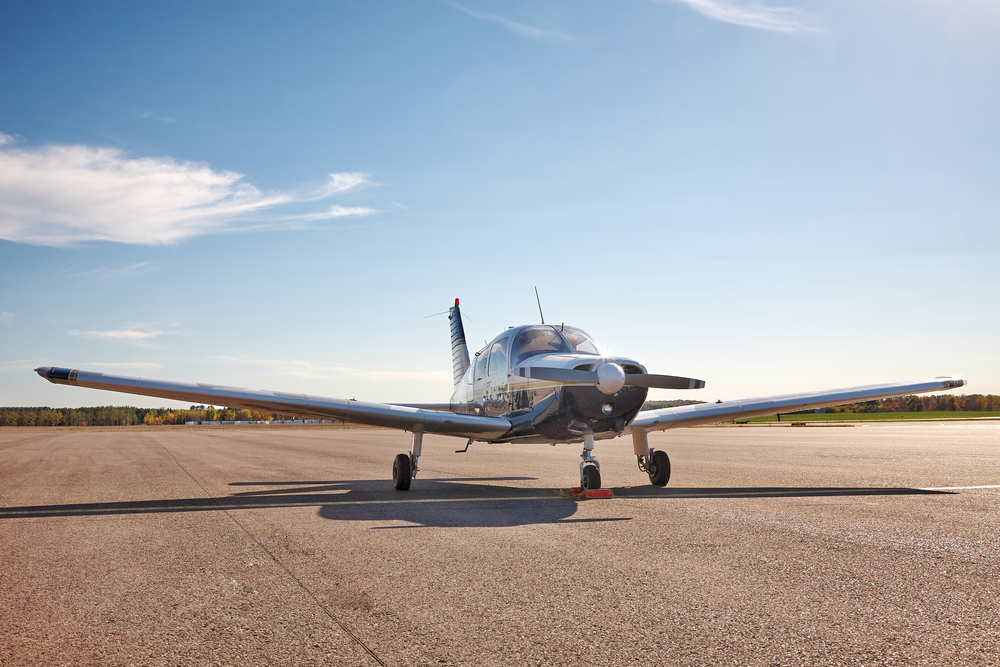Airbus A320 vs Boeing 737 Seating
When it comes to commercial aviation, two aircraft stand out: the Airbus A320 and the Boeing 737. Both are renowned for their efficiency, but how do they stack up when it comes to passenger seating? This article explores the seating arrangements, comfort levels, and overall passenger experience in these two giants of the skies.
Standard Seating Configurations
The Airbus A320 and Boeing 737 typically have a single-aisle cabin with three seats on each side, known as a 3-3 configuration. This layout is common across most versions of both aircraft. However, there are some variations in the way airlines configure these planes to suit their needs.
Seat Pitch and Width
Seat pitch, the distance between a point on one seat and the same point on the seat in front of it, differs slightly. The A320 generally offers a seat pitch of 30 to 32 inches. The 737, on the other hand, tends to provide a pitch of 30 to 31 inches. While this difference may seem minor, those extra inches can contribute to greater legroom and comfort on the A320.
When it comes to seat width, the A320’s seats are typically wider, measuring around 18 inches. Comparatively, the 737’s seats measure about 17 inches. An extra inch might not seem significant, but it can make a noticeable difference in passenger comfort.
Cabin Layout Variations
Airlines have the option to modify cabin layouts. For example, low-cost carriers might opt for higher-density seating arrangements to maximize capacity. In such cases, the seat pitch might be reduced, and comfort could be compromised. Conversely, premium carriers often invest in more spacious seating configurations to enhance passenger comfort.
Economy Class Experience
In Economy Class, the seating experience can vary widely between airlines flying the A320 and the 737. Generally, Airbus’s wider seats in the A320 offer a slight edge in comfort. Passengers often report feeling less cramped compared to the 737, particularly on longer flights.
Business Class Seating
Business Class seats on both aircraft often offer larger seats with more pitch and additional amenities. On the A320, Business Class can sometimes feature a 2-2 layout, while the 737 might offer a similar configuration. Seat width and pitch are typically greater in Business Class, making the experience more comfortable irrespective of the aircraft.
Exit Row and Bulkhead Seats
Sitting in exit row or bulkhead seats usually means more legroom. On both the A320 and the 737, these seats are highly sought after by taller passengers. The A320 tends to provide a bit more space in these rows compared to the 737. However, restrictions such as non-reclining seats or immovable armrests might apply.
In-Flight Entertainment Systems
In-flight entertainment (IFE) systems can vary between aircraft and airlines. Some A320s and 737s are equipped with modern seat-back screens, while others rely on overhead monitors or personal devices. The availability and quality of IFE can significantly influence the passenger experience.
Additional Comfort Features
In recent years, both Airbus and Boeing have focused on passenger comfort. Features such as mood lighting, larger overhead bins, and improved air circulation systems are now standard on many newer models of the A320 and 737. While these features are similar across the board, slight differences in implementation can affect the overall comfort.
Noise Levels
The A320 is often praised for its quieter cabin compared to the 737. Airbus has implemented various noise-reducing technologies that result in a more serene environment. This can be particularly beneficial on long-haul flights where continuous noise can become wearing.
Overall Passenger Experience
Ultimately, the passenger experience on the A320 and 737 can be influenced by many factors beyond seating. Airline service, onboard amenities, and personal preferences all play roles. While the A320 may have slight advantages in seat width and noise levels, the 737’s reliability and wide usage ensure it remains a stalwart in the aviation industry.
Understanding the differences in seating between these two aircraft helps passengers make informed decisions. Whether looking for extra legroom or quieter cabins, both the A320 and 737 offer unique benefits. Logging miles in the air doesn’t have to be an uncomfortable journey, thanks to the continued innovations from Airbus and Boeing.
“`

